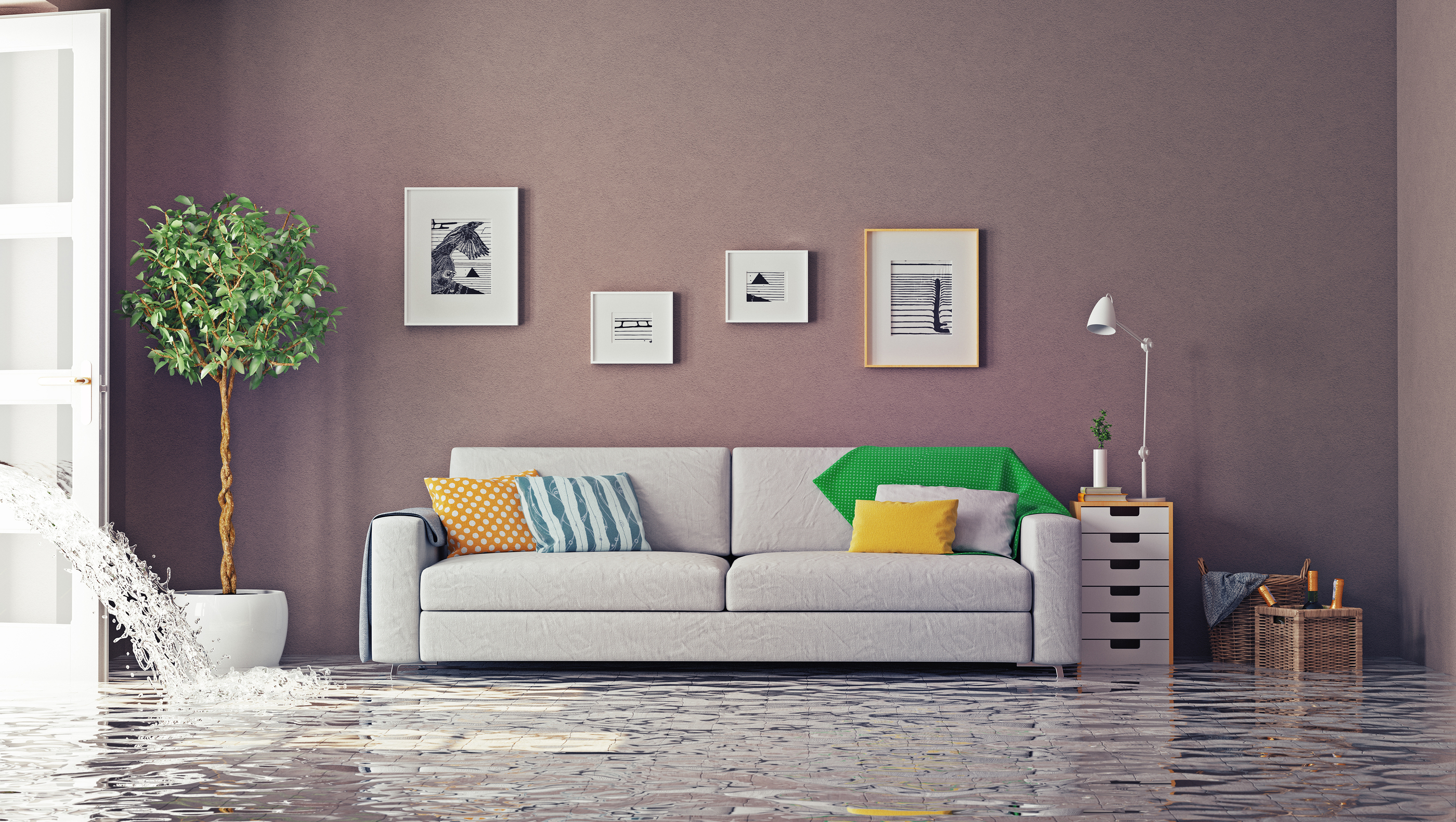
Although you can’t predict when a flood will occur, you can take steps to reduce your financial losses by purchasing flood insurance. While flood insurance pays for damage to your home, there are other things you can do to keep your family and property safe during heavy rains, tropical storms and hurricanes.
Being Prepared Financially for a Flood
Homeowners’ insurance policies usually don’t provide flood coverage unless you ask for it. However, it’s a good idea to purchase a separate flood insurance policy to cover any building damage or lost property due to flooding.
The National Flood Insurance Program (NFIP) was created to provide flood insurance to homeowners, renters and businesses so people could financially protect themselves. The type of insurance you can purchase depends on flood risk levels. Some regions are at a high-risk for floods, while other regions are at a moderate-to-low risk for floods.
According to FloodSmart.gov, about 20% of claims submitted to the NIFP each year were from homeowners at a low-to-moderate risk for floods. Getting flood insurance will give you complete coverage for your property and possessions while also giving you peace of mind.
In 2014, the average homeowners flood insurance premium was $700 per year. However, costs will vary depending on how much insurance that you purchase, what the coverage details, and the property’s flood risk. Homeowners at low-to-moderate risk can purchase flood insurance at lower rates than homeowners in high-risk areas. By visiting FloodSmart.gov, you can learn more about purchasing affordable flood insurance for your region of the country.
What Flood Insurance Covers
You may be wondering, “How much flood insurance do I need?” There are many things a flood insurance policy may cover. Your policy may cover some or all of the following:
- Repairs to home’s foundation, plumbing, electrical and HVAC systems.
- Repairs detached garage.
- Repairs to installed carpeting, paneling, and cabinets.
- Damage to large kitchen and laundry room appliances, including the food in freezers.
- Damage to portable small appliances.
- Damaged or lost personal belongings.
- Damage to window blinds and curtains.
- Some damaged or lost original artwork.
How to Prepare Your House
The below steps can minimize damage to your home when you get a flood watch or a flood warning for your area.
- Put outdoor furniture in the garage.
- Remove debris from gutters and downspouts.
- Check if your sump pump is working properly.
- Purchase a battery-operated sump pump for power outages.
- Create an emergency kit with flashlights, first-aid supplies, batteries, cash, radio, blankets, drinking water and canned food.
- Keep all Important documents (insurance policies, passports, birth certificates, inventory of all possessions, etc.) in a waterproof cabinet or a safety deposit box.
When heavy rains are forecasted for your area, understand that flooding is also a possibility. You can prepare your home in a number of ways, but the first thing to do is to purchase flood insurance to protect yourself financially. Remember, flood damage isn’t covered under your homeowners insurance policy, so you must purchase a separate flood insurance policy.
If you have questions about flood insurance, call us here at bolt insurance Agency at 1-800-216-4171. We can help you answer questions like: “how much flood insurance do I need?” and more.
Sources
https://www.floodsmart.gov/floodsmart/pages/preparation_recovery/before_a_flood.jsp
https://www.ready.gov/floods
https://www.floodsmart.gov/floodsmart/pages/residential_coverage/homeowner.jsp
https://www.fema.gov/national-flood-insurance-program
https://www.floodsmart.gov/floodsmart/pages/residential_coverage/whats_covered.jsp